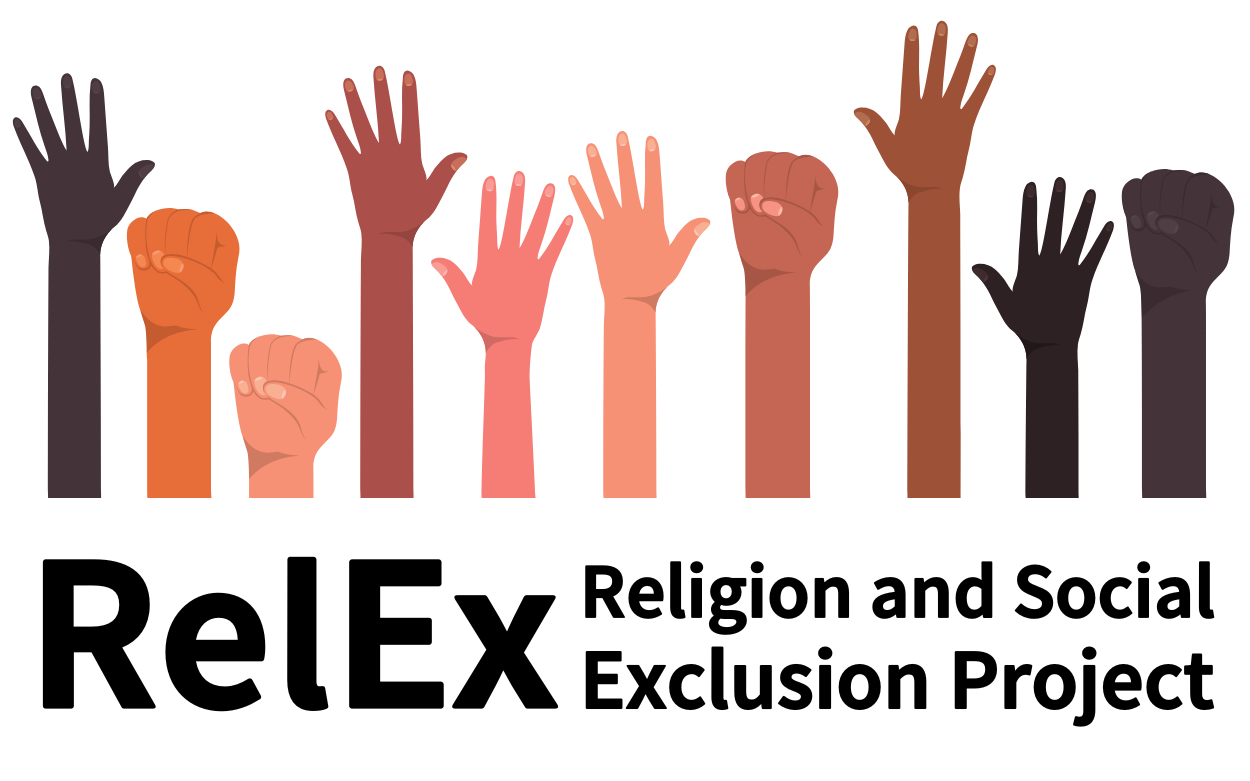Prison Incarceration
Prison incarceration constitutes a very particular case of social exclusion whereby a person is removed from participation in wider society and (temporarily) housed in an environment that is highly exclusionary by design. The presence and function of religion in prison, both historical and contemporary, has been the subject of a fair amount of previous research, yet, little is known about incarcerated people’s religious outlooks and values, especially across non-Western contexts.
RELEX conducts empirical research among incarcerated people in a number of both male and female low and medium-security prisons in each country included. The penal systems of Finland, Ghana, India, and Peru are all officially grounded in view of prison as a place for reform and rehabilitation (PPS Finland 2023; GPS Ghana 2023; UMHA India 2021; INPE Peru 2023). The incarceration rate of persons per 100,000 of the total population is low in Finland (50), Ghana (42), and India (35), but notably higher in Peru (259). Prison conditions differ significantly between the four countries.
The Finnish prison system is well-resourced and firmly focused on rehabilitation. Religion is present in the form of chaplains of the Finnish Evangelical Lutheran- and Orthodox churches and Imams, and religion in general makes up an important aspect of the everyday life of inmates.
Prison conditions in Ghana are more difficult due to overcrowding, inadequate sanitary conditions, and lack of medical care. The Ghanaian inmate population mainly has various Protestant Christian and Muslim backgrounds and religion is present in the system in the form of Christian Chaplains and Imams.
Prison conditions in India have been steadily improving in recent decades. The composition of the inmate population reflects the structural social exclusions of Indian society more generally. In 2021, over half of all Indian inmates belonged to either the so-called “other backward castes,” the “scheduled castes,” or the “scheduled tribes”.
The Peruvian prison system faces the most serious challenges among the four countries due to overcrowding, inadequate infrastructure, and limited resources. Prison conditions are marked by violence, gang activity, and drug trafficking. Inmates are afforded the right to religious freedom and several religious actors are present in the system. Although Peru is a predominantly Catholic country, the inmate population includes Protestants, Muslims, and people who adhere to various indigenous beliefs.


